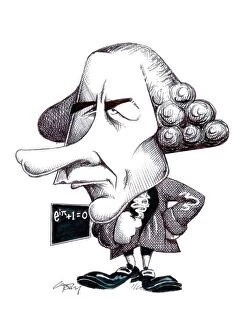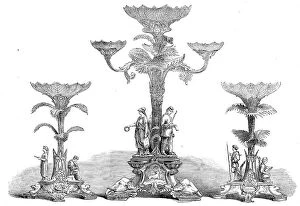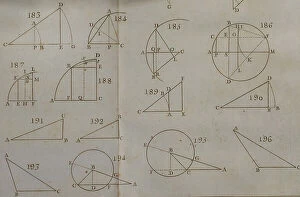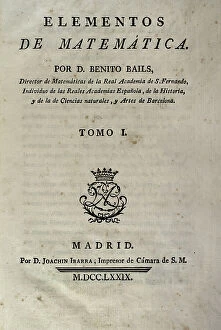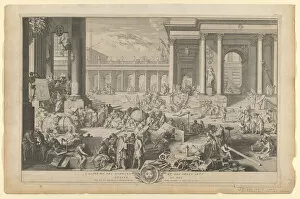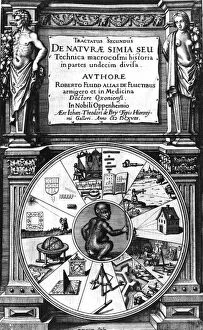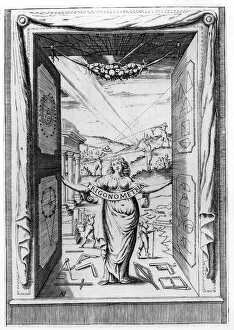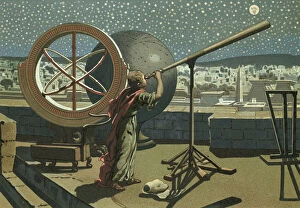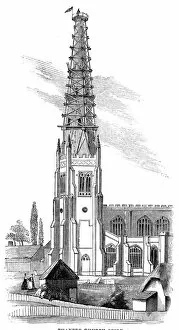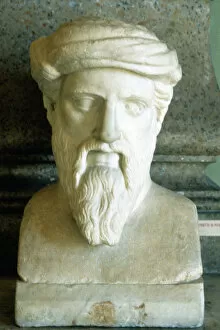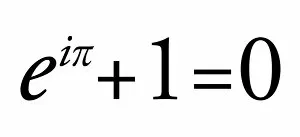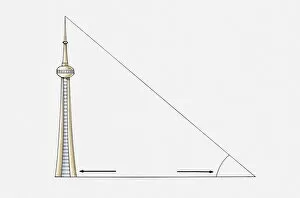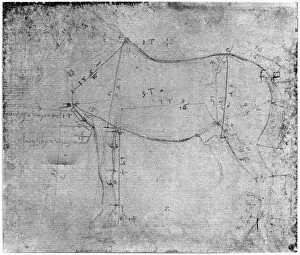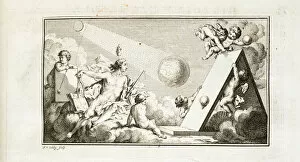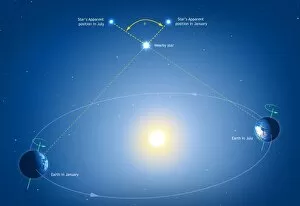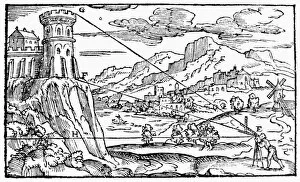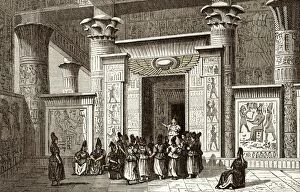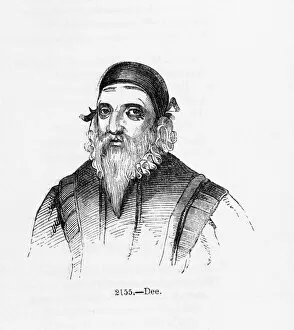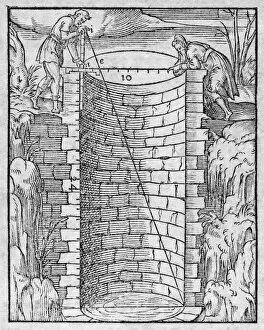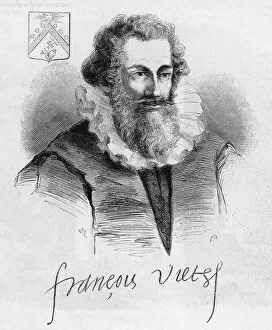Trigonometry Collection
Trigonometry, a branch of mathematics that has fascinated scholars for centuries, owes much of its development to the contributions of brilliant minds like Leonard Euler
For sale as Licensed Images
Choose your image, Select your licence and Download the media
Trigonometry, a branch of mathematics that has fascinated scholars for centuries, owes much of its development to the contributions of brilliant minds like Leonard Euler. His groundbreaking work in the 18th century laid the foundation for this complex field, enabling us to understand and solve problems related to triangles and angles. One iconic image associated with the caricature C015/6711, which humorously depicts various mathematical concepts intertwined with everyday objects. This whimsical representation serves as a reminder that even seemingly abstract ideas can have practical applications in our daily lives. Another significant reference point is "Elementos de Matematica" by Spanish architect Benito Bails. This influential book showcases not only Bails' expertise but also his ability to bridge the gap between mathematics and architecture. By exploring geometric relationships through trigonometric principles, architects can create harmonious structures that stand the test of time. Bails' work exemplifies how trigonometry extends beyond mere calculations; it permeates diverse fields such as physics, engineering, and navigation. From determining distances between celestial bodies to analyzing wave patterns or designing bridges, understanding trigonometric functions allows us to unravel intricate phenomena and make informed decisions. As we delve into "Elementos de Matematica, " we witness Bails' meticulous attention to detail and his dedication to presenting complex concepts in an accessible manner. Through diagrams and explanations, he guides readers on a journey through triangles, circles, ratios - all fundamental elements of trigonometry. The enduring legacy of these pioneers reminds us that behind every formula lies a story waiting to be discovered. Trigonometry continues evolving today thanks to their invaluable contributions - from Euler's formulas connecting exponential functions with imaginary numbers to Bails' integration of geometry into architectural design. So let us embrace this captivating discipline known as trigonometry - where art meets science - unlocking new dimensions within our world while honoring those who paved the way for its exploration.

